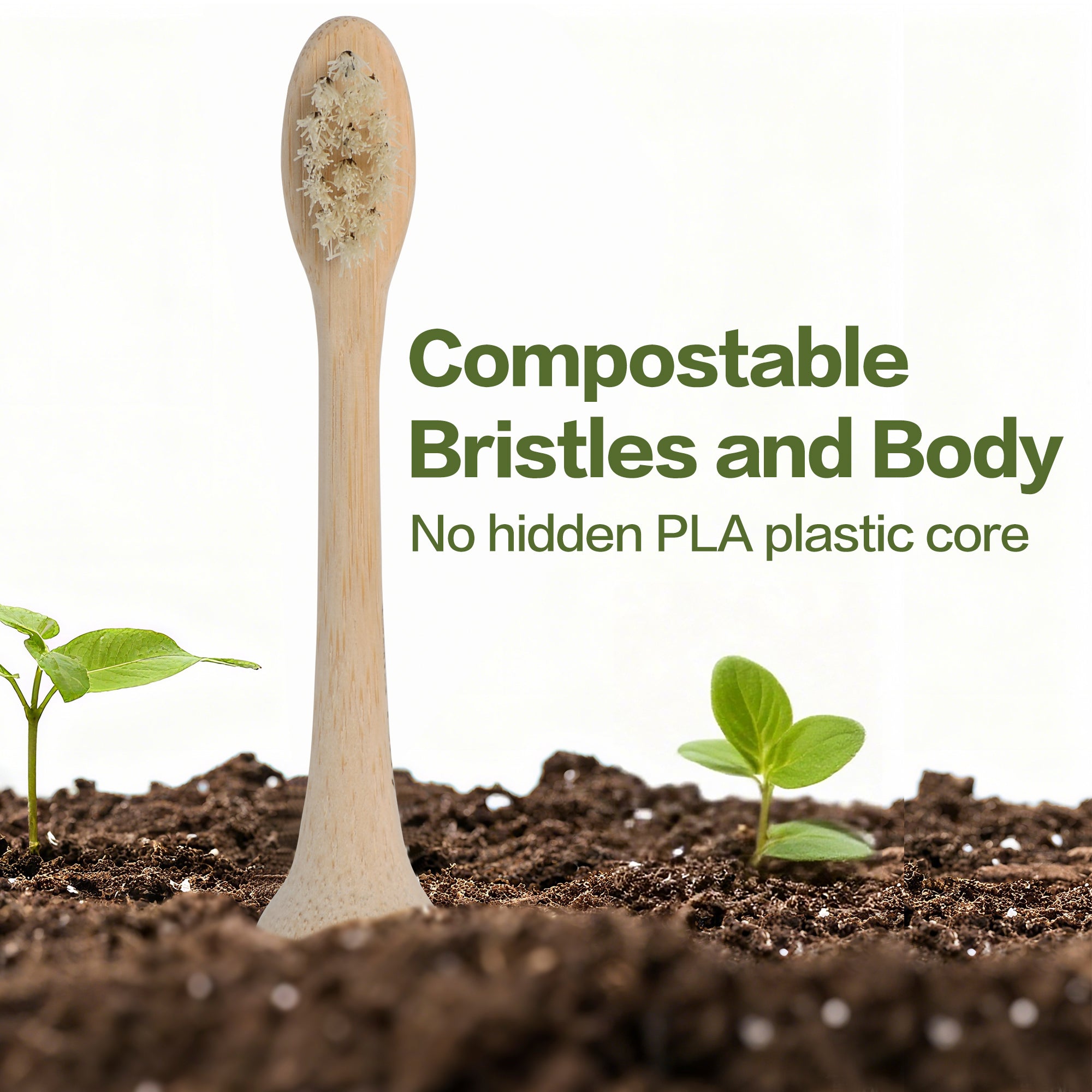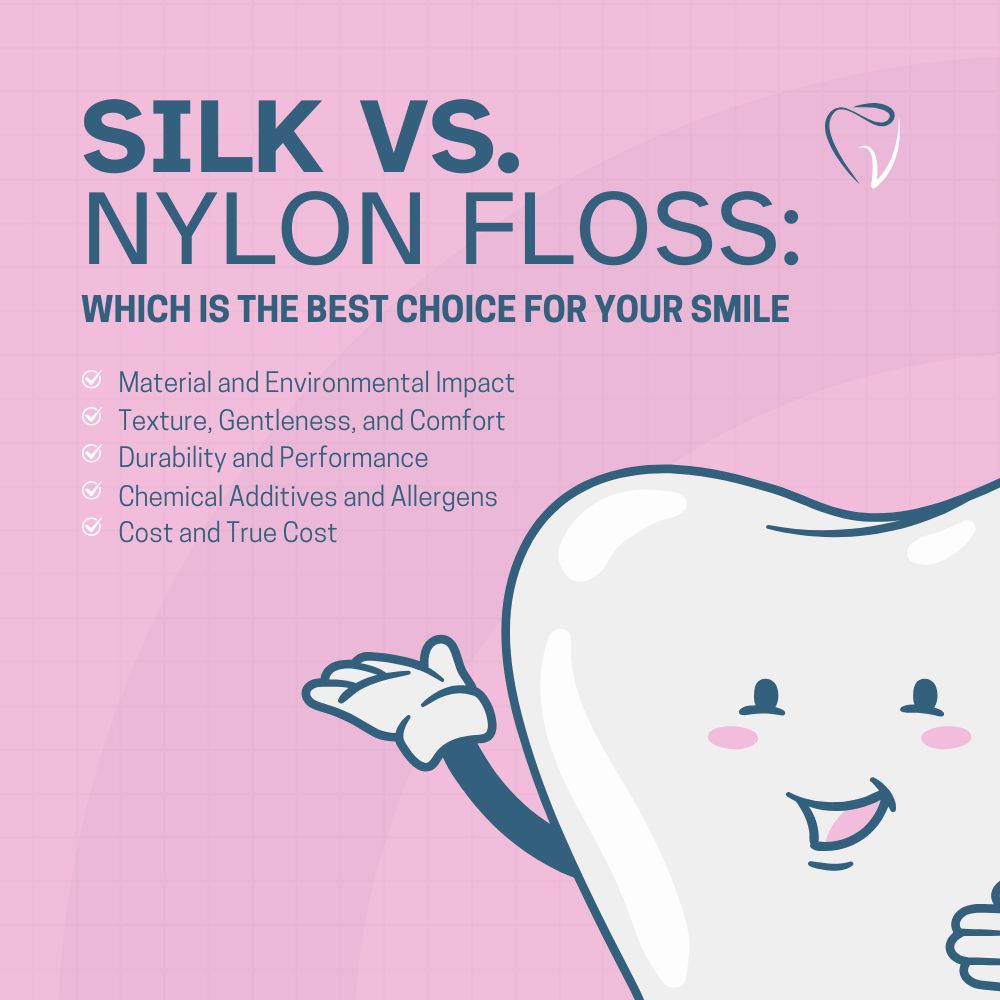The study of ancient civilizations often reveals remarkable feats of engineering and construction that defy the passage of time. Among these marvels, ancient Roman concrete stands out as a testament to ingenuity and durability.
Recent research led by Dr. Admir Masic from MIT's Department of Civil and Environmental Engineering sheds light on the self-healing capabilities of Roman concrete, offering insights that could revolutionize modern construction practices.
Investigating Ancient Techniques
Dr. Masic's research delves deep into the mechanisms behind the longevity of ancient Roman structures. By employing advanced techniques such as scanning electromicroscopy and Raman microscopy, the team has uncovered intriguing details about the composition and behavior of Roman concrete.
Hot Mixing and Lime Clasts
One of the key findings of the study suggests that Romans may have utilized hot mixing techniques in concrete production. This process involved incorporating quick lime directly from the kiln into the concrete mix. The result? The formation of lime clasts within the concrete, which potentially contributed to its self-healing properties.
Implications for Modern Construction
The implications of these discoveries for modern construction practices are profound. While the methods of ancient Romans may differ from contemporary techniques, there is considerable interest in adopting their self-healing approach to concrete.
Designing Modern Equivalents
However, the challenge lies in translating ancient techniques into modern equivalents. Dr. Masic and his team are exploring ways to design concrete mixes that offer self-healing capabilities while meeting the standards of today's construction industry.
Self-Healing Concrete: A Sustainable Solution
Self-healing concretes, though available, have remained prohibitively expensive. By drawing inspiration from ancient Roman practices, researchers hope to develop cost-effective solutions that enhance the sustainability and resilience of modern construction materials.
Commitment to Resilience Research
Dr. Masic's research underscores a broader commitment to resilience and sustainability in the construction industry. By extending the lifespan of structures and reducing carbon footprint, innovations in concrete technology have the potential to shape a more sustainable future.
Reflecting on the Past, Building for the Future
As we marvel at the engineering achievements of ancient civilizations, we are reminded of the lessons they offer. The study of Roman concrete prompts us to reconsider our approach to construction, inspiring us to blend tradition with innovation for a more resilient built environment.
Unveiling the Secrets of Ancient Roman Concrete
Ancient Romans left behind a legacy of remarkable architecture, thanks to their ingenious concrete. Recent discoveries shed light on why it stood the test of time:
Key Insights:
- Self-Healing Marvel: Roman concrete possessed innate self-healing capabilities, ensuring longevity.
- Lime Clasts' Contribution: Lime clasts within the concrete bolstered its durability, a testament to Roman engineering.
- Innovative Techniques: Quicklime and hot mixing were pivotal in creating resilient Roman concrete.
- Insightful Research: Advanced imaging techniques revealed the intricate functionality of ancient concrete.
- Modern Applications: Understanding Roman concrete could revolutionize contemporary cement production, reducing environmental impact.
- Environmental Implications: Enhanced concrete durability offers promise in mitigating greenhouse gas emissions. Source
In uncovering the secrets of Roman concrete, Dr. Masic and his team have opened doors to new possibilities in modern construction. By harnessing the self-healing properties of ancient materials, we can create structures that stand the test of time while minimizing environmental impact.
Closing Questions
What other insights from history can we leverage to build a more sustainable and resilient future? Can we incorporate this with other sustainable building materials to really reduce our carbon footprint?











